Your feline friend's got a built-in brush. Cute, right? But if they're grooming so much it looks like their body's a lollipop, you might have a problem. Cats' excessive grooming can mean something more than just loving their fur. It might be their way of saying, "Hey, I'm not okay."
Trust us, a tongue that busy isn't just keeping things tidy. It's time to pay close attention to your cat's grooming behavior before their sleek coat turns into patchy confusion.
What Is Considered Excessive Grooming in Cats?
Overgrooming in cats kicks in when your kitty starts licking so often that it messes with their skin and/or coat. We're referring to bare spots, redness, and fur that looks like it's been buzzed. In some cases, this over-the-top grooming has a name: feline psychogenic alopecia. It's a behavioral condition triggered by agitation, routine changes, and sometimes boredom.
If your companion's excessive licking seems more like an obsession than self-care, that's your clue. Cats spend a lot of time grooming, but there's a big difference between tidy and too much.
Normal Grooming vs. Overgrooming – What's the Difference?
Cats are clean freaks by nature. Grooming helps keep their fur smooth, loose hair under control, and their scent just right. But when coat maintenance turns into nonstop licking, chewing, and pulling at the same spots, something's off. Here's a quick look at the difference:
|
Normal Grooming |
Overgrooming |
|---|---|
|
Evenly licks fur all over |
Targets one area repeatedly |
|
Leaves coat full and fluffy |
Creates bald spots or very short stubble |
|
Part of a daily routine |
Disrupts sleep, eating, or play |
|
Keeps fur clean and sleek |
Causes skin sores or irritation |
|
Balanced time spent grooming |
Spends too much time grooming |
Signs Your Cat May Be Grooming Too Much

When your kitty's overgrooming starts taking over their daily routine, the signs usually show up loud and clear. Here's what to look for:
-
Visible Bald Patches. Random hairless spots are a big clue your cat's grooming habits have gone off the rails.
-
Red or Irritated Skin. All that licking can leave skin looking raw, tender, or inflamed.
-
Hairballs Galore. More locking = more loose hair swallowed = hairball overload.
-
Frequent Licking or Chewing. If they're gnawing or licking the same place constantly, that's a red flag.
-
Disrupted Sleep or Play. Grooming shouldn't take over nap time or zoomie hour.
-
Tiny Scabs or Sores. Repetitive licking can lead to surface damage, even bleeding.
Cat Overgrooming and What It Looks Like
You might notice your cat zoning out while licking, like they're stuck in a loop. Their coat may look uneven, thin, or suddenly dull. And if they're avoiding cuddles or acting touchy, those tender spots might be sore from all that tongue action. Keep your eyes peeled because our feline friends don't do over-the-top unless they mean it.
Bald Spots, Skin Irritation, and Hair Loss
If your cat's rocking patchy fur and random bald spots, it's a flashing sign of overgrooming behavior. Over time, all that licking can wear down the fur until you're left with bare skin or stubble. The affected area can end up red, puffy, and covered in tiny sores.
Hair loss might start small but spreads fast if the licking doesn't stop. You'll often see irritation on the belly, legs, or inside the thighs. When your fluffball starts looking more like a plucked chicken, it's time to dig into the underlying cause.
Common Areas Cats Overgroom (Belly, Legs, Tail, and More)
When cats start overgrooming, they go straight for the easy-access zones, such as the belly, legs, tail, and sides. These spots take the brunt of the action because they're easily reachable.
You might notice kitty's cat's inner thighs looking a little too smooth or their belly fur vanishing like magic. Some felines work their tails until the hair thins out or disappears completely. These usually point to where your pet feels the most discomfort or tension.
Related Post: Why Is My Cat Licking Its Paws?
What Causes Excessive Grooming in Cats?

Overgrooming in cats often has a root cause that needs some detective work to uncover. Here are the most common triggers:
-
Stress or Anxiety. Upset thoughts or a change in routine can lead to anxious grooming patterns.
-
Skin Allergies or Irritants. Things like dust, pollen, or certain materials can cause itchiness and discomfort.
-
Parasites or Underlying Conditions. Fleas, mites, or more serious medical reasons might be making your cat feel miserable.
Stress and Anxiety as a Trigger
When cats feel nervous or out of sorts, grooming becomes a go-to habit. They lick to feel better, even if it ends up making things worse.
A move, a new family member, or a change in the litter box setup can throw your kitty off balance. This is called displacement behavior, which is your pet's attempt to self-soothe. If you notice their grooming patterns ramping up after a life shake-up, it might be your cat's stress response kicking in.
Skin Allergies and Environmental Irritants
Overgrooming can stem from irritation caused by stuff floating around in your cat's environment. Dust, mold, cleaning sprays, and even their food can all add up and make them feel itchy and uncomfortable.
You might not see a rash right away, but your kitty sure feels it. That's when they start licking and chewing to get relief. Over time, all that licking makes the skin more irritated. Environmental allergens might be the real issue if your cat's suddenly obsessed with scratching or grooming,
Fleas, Parasites, or Underlying Health Conditions
Fleas, skin mites, and other creepy crawlers can drive cats wild and straight into overgrooming territory. Even one flea bite can send your kitty into full grooming overdrive.
But it's not just the bugs. Underlying medical conditions like fungal infections, skin infections, and eosinophilic granuloma complex (EGC) can all cause nonstop grooming. Some issues hide under the surface, which means your cat's fur obsession might be a red flag for something bigger.
How To Stop Excessive Grooming in Cats Naturally
Tackling your cat's over-the-top grooming naturally starts with figuring out what's throwing them off. Then, it's all about creating a vibe that helps them feel safe, comfy, and back to their fabulous furry selves.
No need to jump straight to medical treatment, though, of course, you need your vet's guidance every step of the way. Sometimes, a cozy space, fun distractions, and natural soothing tricks can work. Once you tune in to your cat's grooming habits, you can guide them back to healthier skin and a healthier routine.
Create a Calm Environment at Home
Other pets, a new house, or a change in your cat's daily routine can mess with their peace of mind and trigger overgrooming. To cut down on excessive licking, start with environmental enrichment to make their space feel like a cozy little kingdom.
Keep noise down, avoid sudden changes, and give them a go-to safe zone. Add some vertical space, like cat trees and window perches, so they feel in control. A calm home results in calm grooming habits.
Try Natural Calming Aids Like CBD, Pheromones, or Calming Herbs
Natural calming aids can also help stop feline overgrooming. These gentle remedies may ease tension and bring your cat's licking habits back down to normal.
-
Cannabidiol (CBD). CBD works with your cat's endocannabinoid system (ECS) to support calm behavior and help ease agitation. Check out HolistaPet's CBD collection for cats for treats, chews, oils, and more, made just for felines. Our goodies are all-natural, non-GMO, vet-approved, and third-party lab-tested for your bestie's benefit.
-
Pheromones. Synthetic pheromones mimic a cat's natural "happy scents" and help them feel safe. You can plug them in, spray them, or get pheromone collars.
-
Natural Calming Herbs. Chamomile, valerian root, catnip, and passionflower are famous for their soothing vibes. A little herbal boost might be just what your overgrooming cat needs.
Increase Enrichment and Playtime To Reduce Anxiety
Bored cats get weird. And by weird, we mean licking themselves bald. One of the best ways to curb overgrooming in cats is to give them more stuff to do, especially stuff that gets them moving and thinking.
Toys, climbing shelves, and interactive games can turn their attention away from their fur and onto something more fun. Regular play sessions also burn off that nervous energy that fuels overgrooming.
When To See a Vet About Excessive Grooming
Sometimes, no matter how many toys or cozy corners you add, your kitty just keeps licking. That's your sign to go for a vet visit. If your cat's grooming leaves bald patches and skin sores and seems nonstop, don't wait it out.
A vet can either diagnose or rule out potential underlying medical causes. They might suggest a skin biopsy, allergy testing, or a chat with a veterinary behaviorist. Bottom line: If your pet's fur is disappearing and they're not acting like themselves, it's vet time. Better safe than sorry (and bald).
Final Thoughts – Helping Your Cat Break the Overgrooming Habit
Your cat deserves to feel good in their own skin, literally. If you've been spotting overgrooming and patchy fur, don't brush it off as a harmless quirk. It's their way of saying something's off. With a little patience, some cozy vibes, and a solid plan, you can help them kick the habit.
Natural support like HolistaPet's CBD products for cats can offer soothing relief without the drama. Pair that with a stress-free space and extra playtime, and your kitty just might get their groove (and their fur) back. Healthy habits, here we come!
Click the link to find more Cat Care tips!







![Probiotics For Dogs [Soft Chews] - HolistaPet](http://www.holistapet.com/cdn/shop/files/Probiotic-Infographic-1_472d7a29-e30c-435a-9638-1365d8c3a9f9.jpg?v=1725384841&width=104)
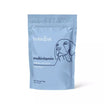



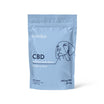
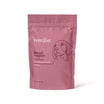


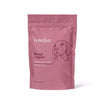
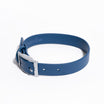

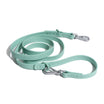

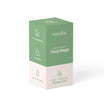

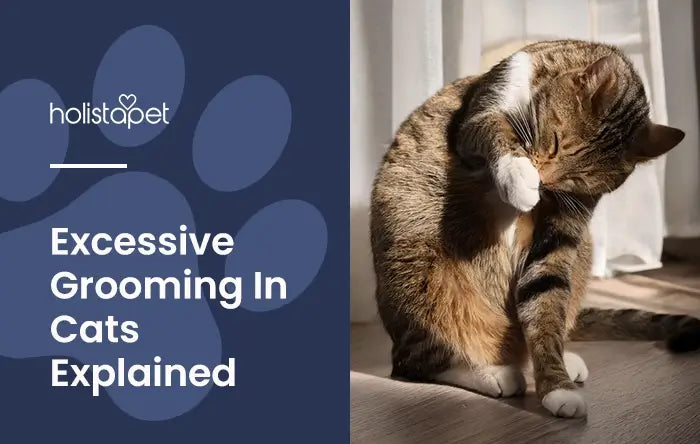


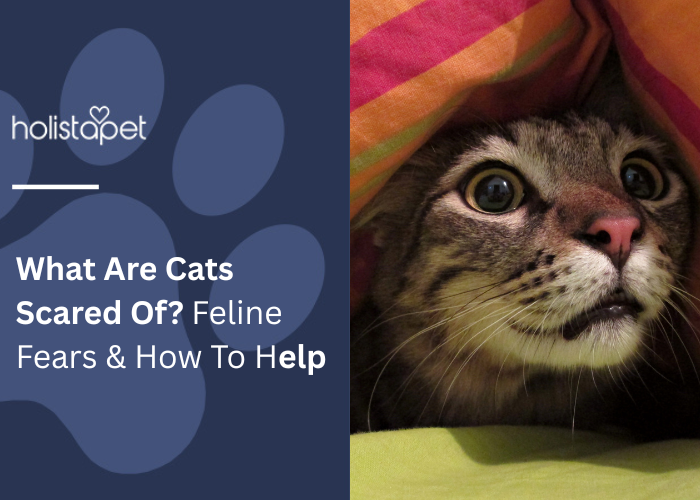


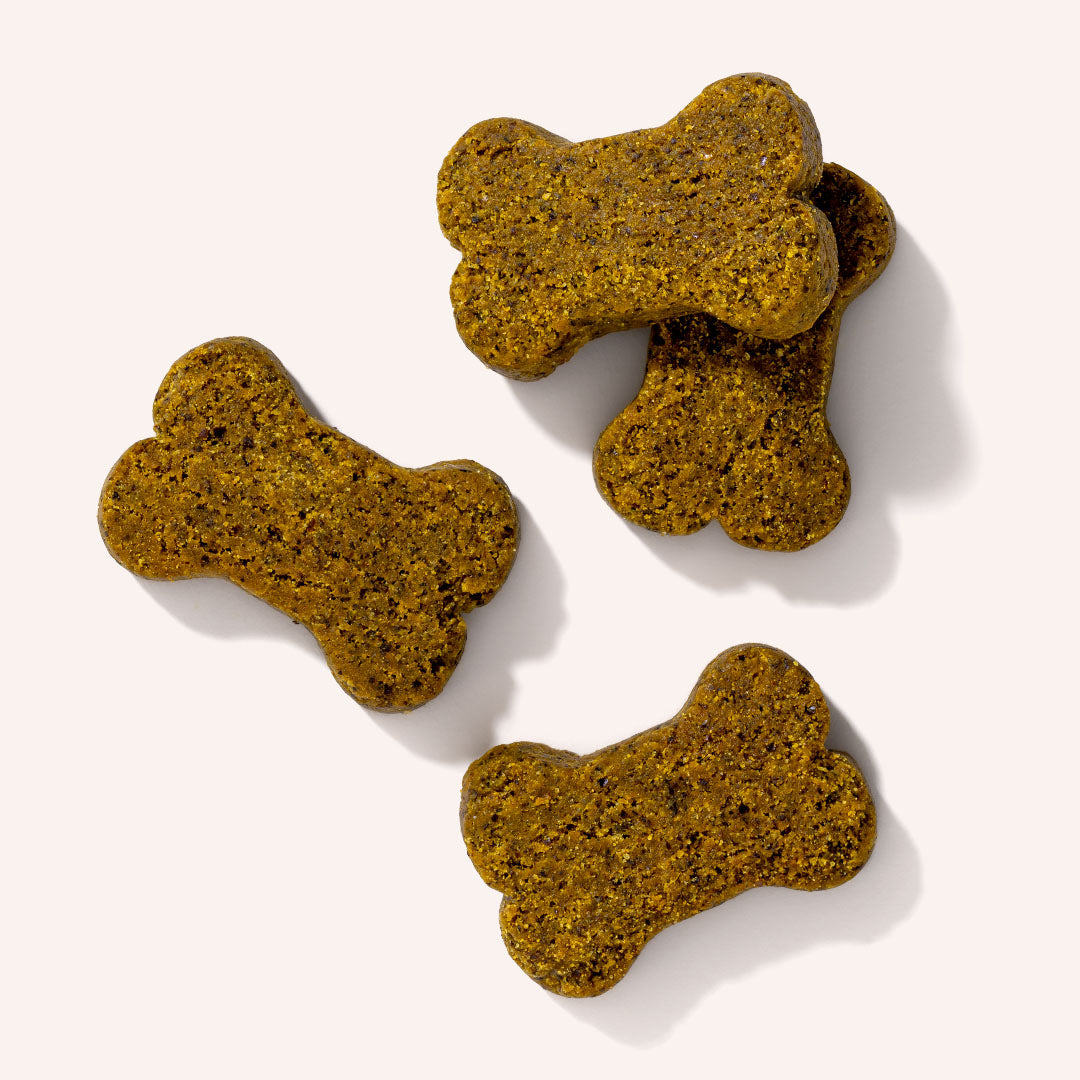
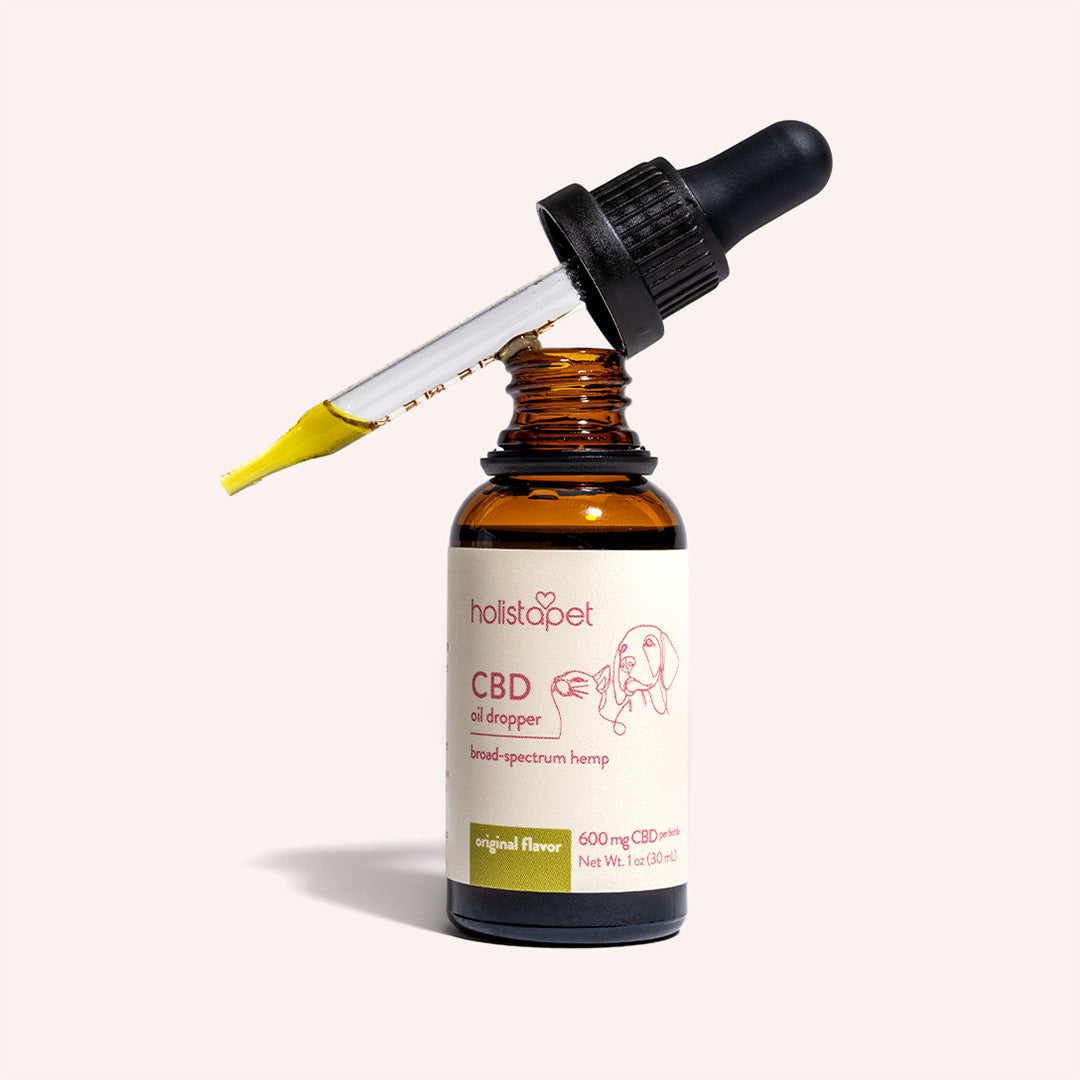
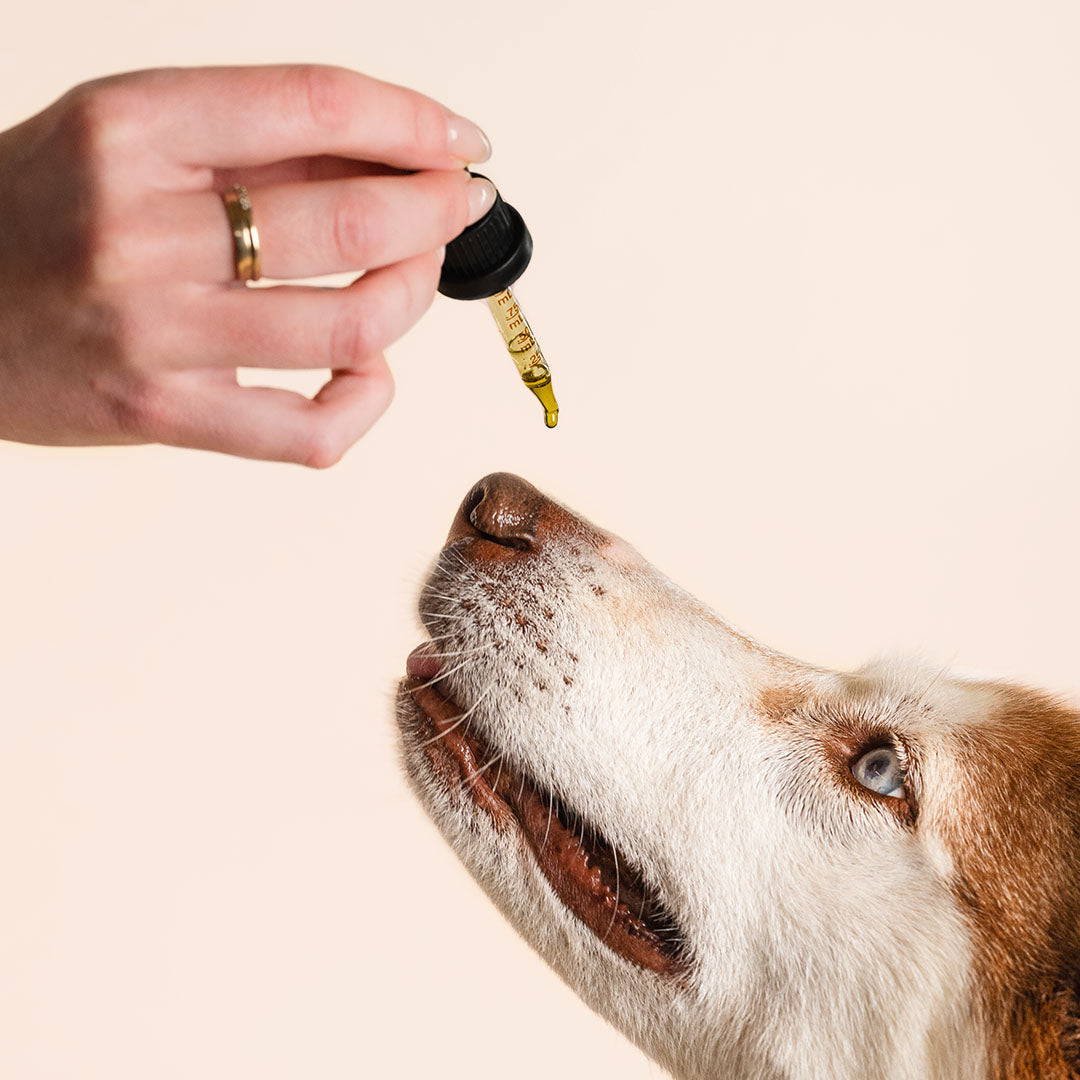



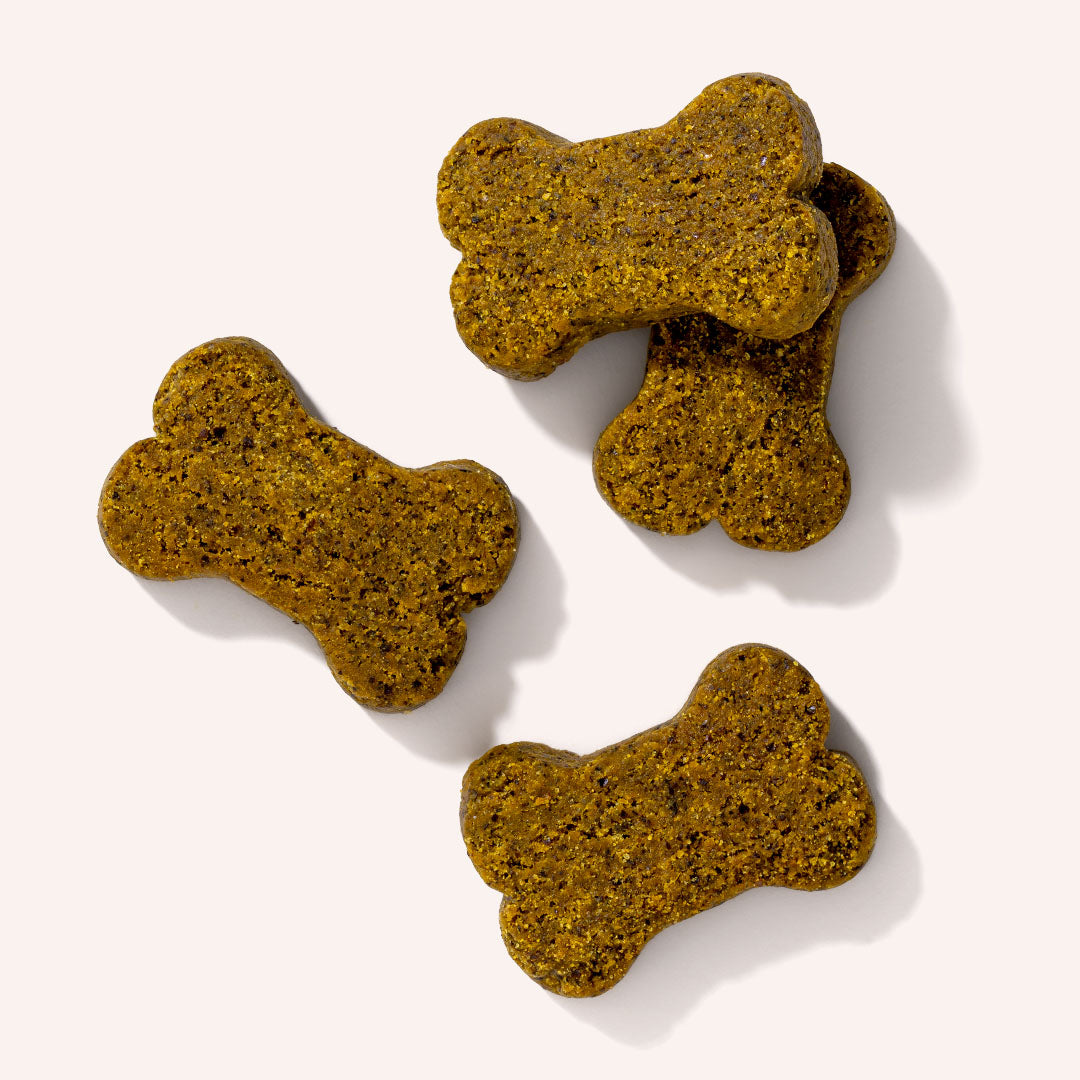


Leave a comment
All comments are moderated before being published.
This site is protected by hCaptcha and the hCaptcha Privacy Policy and Terms of Service apply.